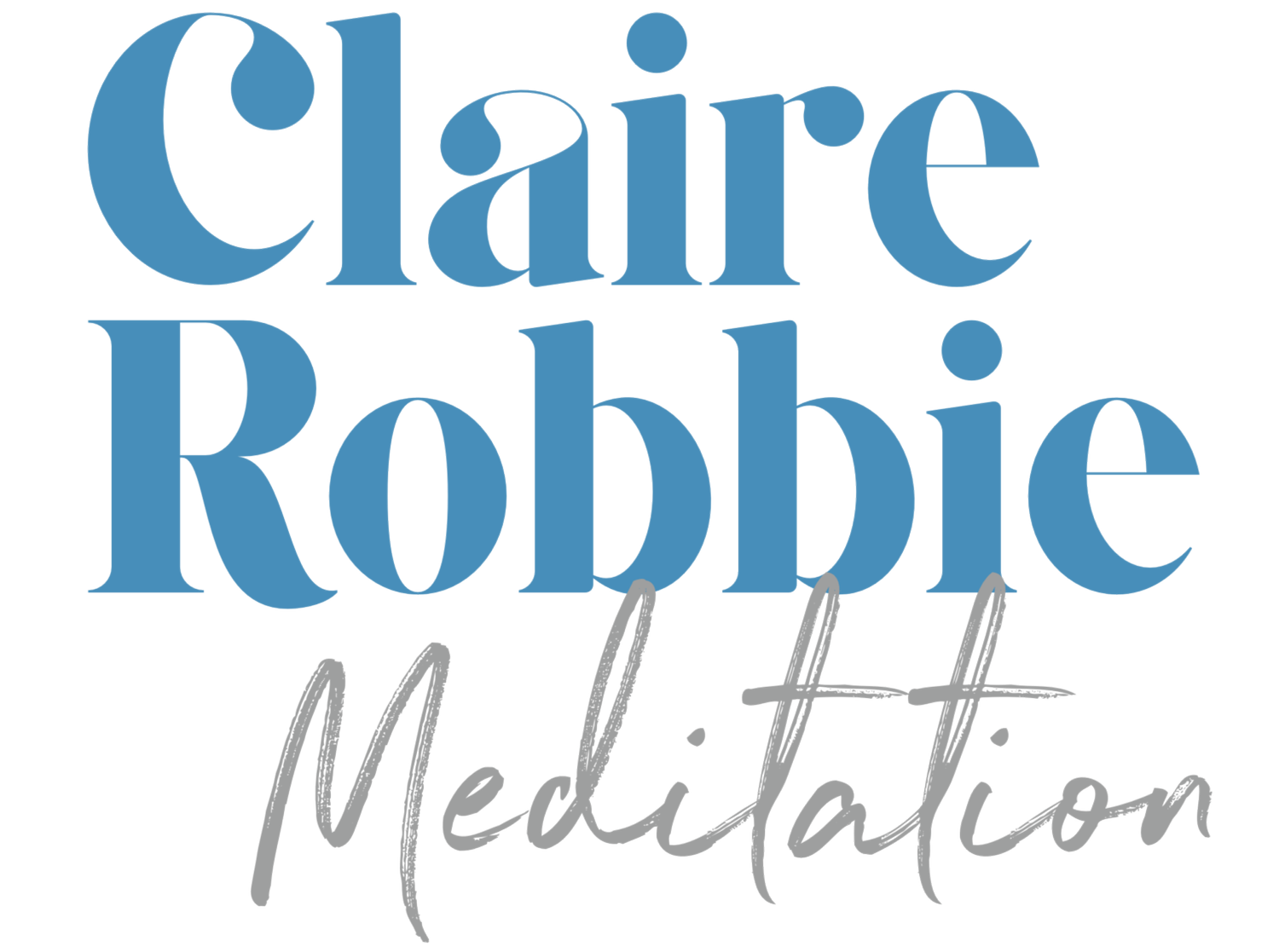Which Style of Meditation is Right for Me
There are many different ‘styles’ of meditation, different techniques and lineages. There are guided meditations, apps you can download on your phone, meditation retreats like Vipassana, and Zen; Buddhist; Vedic meditation traditions. There are differences within the styles, but more similarities than differences.
I highly recommend committing to one style of practice for a long time, and learning as much as you can about the practice with an experienced teacher. You’ll learn about your ability to commit to something daily and what comes up for you as you develop a healthy habit.
Here are some of the most ‘popular’ styles of seated meditation – which fundamentally is the most effective and transformative.
VEDIC MEDITATION / TRANSCENDENTAL MEDITATION OR TM
Transcendental Meditation is Vedic Meditation, which came from the Vedic texts of India - a body of knowledge thought to be around 5000 years ago, possibly much older.
‘Veda’ is translated as science, knowledge, or truth, and comprises the knowledge required by humanity to ‘live life in perfection’. This was cognized by yogis during the practice of Vedic meditation, brought to the surface of their minds and transmitted in chant form from generation to generation.
Nowadays VM/TM can only be learned from a certified teacher (an Initiator), who has been extensively trained and teaches the technique in a very precise way.
The student goes through an initiation ceremony into the tradition called a puja and in that ceremony they are given a mantra (seed sound) that is appropriate for their age and life situation. The mantra is personal, never to be spoken out loud.
In this style of meditation practitioners sit for twenty minutes, twice a day. The mantra is repeated gently in the mind. The mind will inevitably wander off, and the practitioner patiently comes back to the mantra. Over time the mantra becomes subtler and potentially there are moments where the mind transcends thought.
BUDDHIST MEDITATION
The Buddha said, “All I teach is suffering and the end of suffering.” At the centre of Buddha’s teachings is the Pali word dukkha - most commonly translated to English as “suffering.” According to Buddhism, Meditation is the most important thing we can do, as it’s the only real antidote to the anxiety, fear, general confusion and discontent that comes with being human.
Over the millennia, countless meditation practices have been developed in the Buddhist tradition. All of them could be described as ‘mind-trainings’, but they take many different approaches. Two of the most well know are the Mindfulness of Breathing – where we become aware of the breath; and Loving-Kindness meditation – developing compassion for all beings, starting with ourselves often using loving phrases repeated in the mind. Both are about becoming mindful, non-judgmental and aware of what is happening in the present moment.
The techniques of the meditation are very simple, but take practice.
What sets Buddhist meditation apart is the importance of motivation. Buddhist motivation focuses on liberation from suffering and confusion, and the attainment of freedom.
ZEN MEDITATION (ZAZEN)
Many Buddhist traditions spread through different countries. Zen meditation is an ancient Buddhist tradition that dates back to the Tang Dynasty in 7th century China. From its Chinese origins it spread to Korea, Japan and other parts of Asia.
All schools of Zen practice a seated meditation called zazen, where they focus on breath with or without the eyes closed. Some schools of Zen also practice with koans, a type of spiritual riddle that is presented by a Zen meditation master to the student. A famous koan is “What is the sound of one hand clapping?” This practice needs a supportive relationship between a genuine Zen master and a genuinely dedicated student.
Rather than just short-term stress release, Zen meditation is a spiritual practice and encourages working with a master. Zen meditation look to address core issues and explore the true cause of the unhappiness and dissatisfaction we’ve all experienced.
MEDITATION APPS
Popular apps like Headspace, One Giant Mind and Calm are downloaded to your smartphone and then listened to via headphones. These have only popped up in the last few years, and are a great introduction to the practice of meditation. The creators are often teachers of different lineages of mediation – for example the co-Founder of Headspace is a former Buddhist monk.
You’ll listen to sounds or voices as they gently guide you through a series of instructions. These are very helpful when you’re new to meditation and unsure of what to do. The sounds/voices give you something to ‘focus’ on, which can be a more soothing start to a meditation practice. The downside is that you always need a smartphone and headphones, and can become reliant on the app as opposed to developing a self-sufficient practice.
Meditation isn’t a one size fits all type of a deal. The how and why meditation works to improve the quality of our lives is deep and profound; you can’t read about it or go to a course or two. Meditation is something that has to be experienced firsthand to understand.
You’ll be drawn to different styles. Most importantly, find a teacher who resonates with you. No matter what ‘style’ or lineage of mediation you practice, you will see benefits if you’re consistent and committed. Meditation is literally exercise for your brain - and, exactly as with exercise for your body - effective technique, daily or near daily practice, and consistency over time (i.e. months, years) is what produces the potential, significant results.
CLAIRE ROBBIE15 MAY 2019

